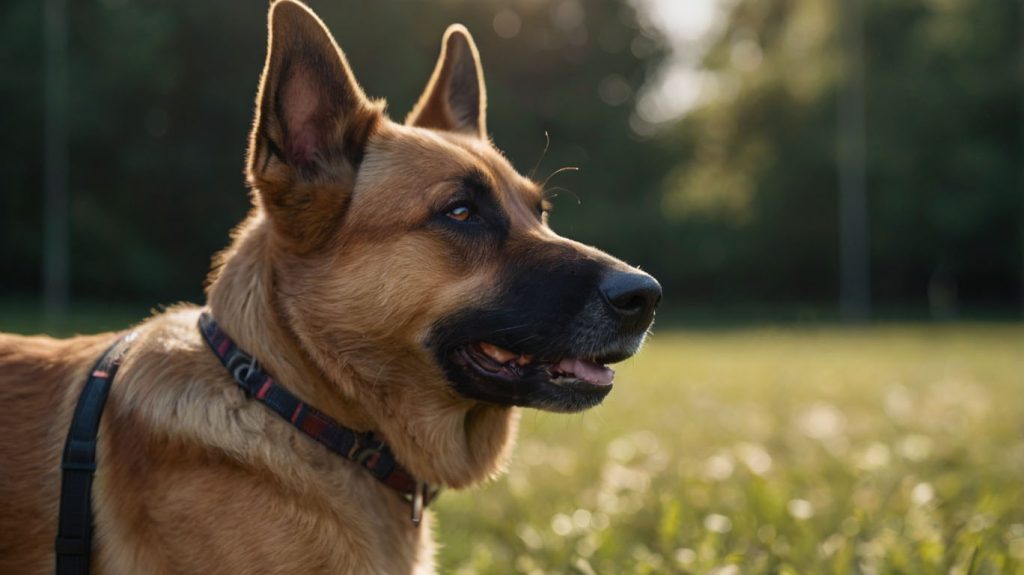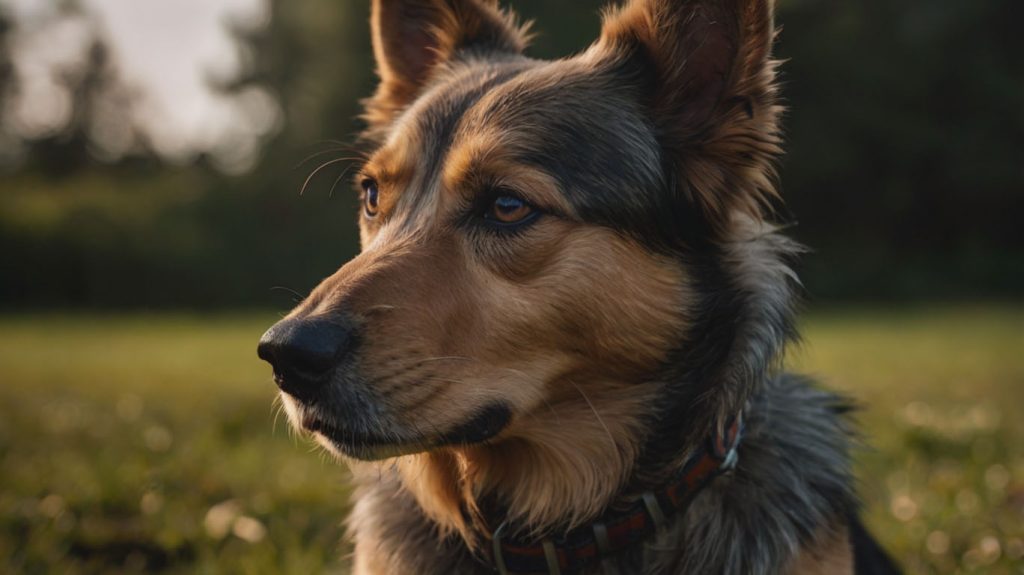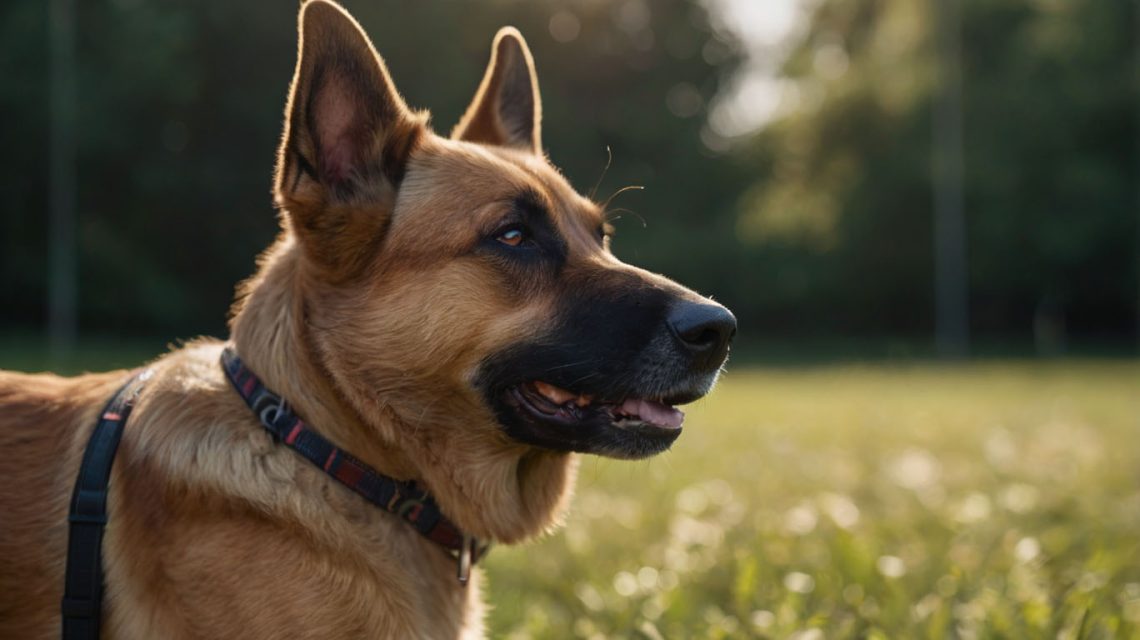Training your dog isn’t just about teaching commands—it’s about communication, consistency, and connection. Canine training helps shape behavior, reduce stress, and build trust between you and your furry friend. Whether you’re working with a bouncy puppy or a stubborn adult, the right training approach can make all the difference.
To begin, let’s explore the story of one frustrated owner who turned chaos into calm with proper canine training.
Story: How Canine Training Changed Leo’s Life
Leo, a 10-month-old Labrador mix, had been through three homes before landing in a quiet suburb with Lisa, a first-time dog owner. Despite his affectionate nature, Leo’s wild behavior overwhelmed Lisa—he pulled on the leash, jumped on guests, and barked at everything.
Instead of giving up, Lisa enrolled in a local canine training program. Through structured lessons, reward-based methods, and daily routines, Leo learned leash etiquette, impulse control, and basic obedience. After just six weeks, visitors were shocked by Leo’s calm demeanor.
Lisa’s secret? She followed a strategic, positive training plan—and so can you.

Why Canine Training Matters for Every Dog
Canine training isn’t just for problem dogs—it’s for all dogs. Even the calmest canine needs to understand rules, expectations, and boundaries.
Benefits of Canine Training
- Enhances communication: Dogs learn to understand cues and body language.
- Strengthens bonds: Training time becomes quality time.
- Promotes safety: Trained dogs are less likely to dart into traffic or behave aggressively.
- Reduces behavioral issues: From barking to digging, training redirects unwanted actions.
Without training, dogs rely on instinct, which doesn’t always align with human lifestyles. Therefore, teaching them what’s expected leads to a happier household.
The Psychology Behind Effective Canine Training
Understanding how dogs think makes training more effective. Canines thrive on structure and predictability.
How Dogs Learn
- Classical Conditioning: Associating one thing with another (like a leash with a walk).
- Operant Conditioning: Learning through consequences—positive reinforcement is key.
- Social Learning: Dogs observe and imitate others, especially in group settings.
By using positive reinforcement and timing rewards correctly, you can teach just about any behavior.
Essential Tools for Canine Training Success
You don’t need fancy gear to start, but a few essentials can streamline the process:
| Tool | Purpose |
|---|---|
| Clicker | Marks behavior at the exact moment it occurs |
| Treat pouch | Keeps high-value rewards close at hand |
| Long leash | Useful for recall training in open spaces |
| Harness | Provides control without choking the dog |
| Crate | Encourages house training and safe rest areas |
Choosing tools that match your dog’s size and temperament makes training safer and more enjoyable.
Stages of Canine Training Based on Age
Different ages require different approaches. Let’s break it down:
Puppy Canine Training
Start as early as 8 weeks. Focus on:
- Name recognition
- Basic commands (sit, stay, come)
- Crate and potty training
- Socialization with people and dogs
Keep sessions short and positive. Puppies have limited focus, so aim for 5–10 minutes per session.
Adolescent Canine Training
This is when behavior problems often surface. Stick to:
- Reinforcing commands with distractions
- Impulse control games
- Leash manners and greeting etiquette
Stay consistent, as teenagers like to test boundaries.
Adult Canine Training
Adult dogs can still learn—often faster than puppies.
- Use longer sessions (15–20 minutes)
- Work on advanced cues (heel, settle, leave it)
- Introduce agility or scent games for stimulation
With patience, even older dogs adapt well.

Daily Canine Training Schedule That Works
Routine builds habits. Here’s a simple training schedule:
| Time | Activity | Focus Area |
|---|---|---|
| 7:00 AM | Morning walk | Leash skills, “heel,” recall |
| 9:30 AM | Obedience session (10 mins) | “Sit,” “stay,” “come” |
| 1:00 PM | Mental game (e.g., puzzle feeder) | Problem-solving, calm focus |
| 6:00 PM | Evening training & play | Fetch, impulse control, tricks |
| 9:00 PM | Crate time & wind down | Relaxation and routine |
Dogs love structure. Consequently, repeating this schedule builds security and predictability.
Common Challenges in Canine Training & How to Overcome Them
Leash Pulling
Solution: Use a front-clip harness and stop movement when your dog pulls. Reward slack-leash walking instantly.
Jumping on People
Solution: Ignore jumping. Only reward when all four paws are on the ground. Use “sit” as a default behavior.
Excessive Barking
Solution: Identify triggers. Redirect with “quiet” followed by a treat. Reward calm moments consistently.
House Soiling
Solution: Stick to a feeding and potty schedule. Praise outdoor success and clean accidents thoroughly.
Consistency, patience, and proper timing will solve 90% of behavioral issues.
Real Case Study: From Chaos to Canine Calm
Bailey, a 3-year-old Beagle mix, was adopted from a shelter with zero obedience skills. Her new owner, Ron, documented her training journey online.
At first, Bailey refused to sit or stay. However, by using 10-minute sessions twice daily and rewarding every correct behavior, Ron noticed major changes by week two.
After three months:
- Bailey responded to six commands
- No longer jumped on guests
- Walked calmly on a leash
Ron’s takeaway? “It’s not about being strict—it’s about being consistent and kind.”
Top Mistakes to Avoid in Canine Training
Even well-intentioned dog owners fall into these traps:
- Overusing punishment: Harsh corrections damage trust.
- Inconsistency in commands: Leads to confusion.
- Skipping training days: Breaks routine and momentum.
- Using low-value rewards: Dogs need motivation to learn.
Training is a long-term investment, not a quick fix.
FAQs About Canine Training
Is it ever too late to train a dog?
No. Dogs of all ages can learn. It may take more time, but results are possible.
How often should I train my dog?
Twice daily in short sessions works best. Even five minutes helps.
Should I use treats every time?
In the beginning, yes. Over time, you can phase into verbal praise and play rewards.
Can I train my dog without a professional?
Absolutely. While pros help, consistency and positive methods at home go a long way.
How do I stop bad behaviors quickly?
Redirect immediately. Offer an alternative behavior and reward that instead.
Should I use punishment in canine training?
Avoid it. Positive reinforcement is more effective and builds trust.
Conclusion: Canine Training Is the Key to a Better Bond
Canine training isn’t about dominance—it’s about communication. With patience, consistency, and reward-based techniques, any dog can learn to be calm, focused, and obedient.
Whether you’re just starting with a new pup or correcting an older dog’s habits, your investment in training today builds a lifetime of trust and happiness tomorrow.


